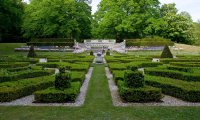
Clingendael is one of the most beautiful country estates in the Netherlands. The beautiful estate between The Hague and Wassenaar has a centuries-old history that is clearly perceptible in its nature and culture. The park is laid out in English landscape style with beautiful buildings, gardens with impressive groups of trees and reflective water features. The showpiece of Clingendael Estate is the special Japanese Garden, which is only open a few weeks a year. With its beautiful nature, winding footpaths and large playing fields, the estate is a great place to escape the hustle and bustle of the city. Throughout the year, Clingendael is freely accessible.
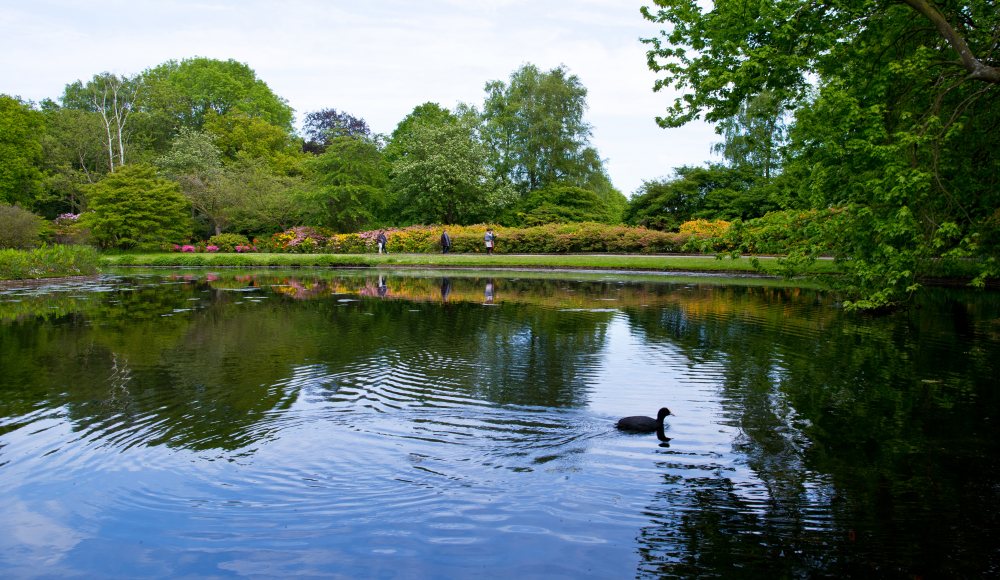
Imagine yourself in the middle of The Hague in the green tranquillity and natural surroundings of Park Clingdael.
History of Clingendael estate
Clingendael estate has a rich history. In the 16th century, it was a country estate with a farm. In the centuries that followed, this was replaced by a country house and the garden was designed in the then predominant French style with symmetrical patterns and many box hedges. At the time, the manor house became a centre of art and culture in Europe.
In the 19th century, the noble Van Brienen family - who also built the present Hotel Des Indes - acquired the estate. Garden architect Zocher was asked to replace the original garden architecture with the in vogue English landscape style. The large pond, the winding paths, the islands, the surprising course of the ditches and the lawns with groups of trees date back to this period.
The last Van Brienen to live at Clingendael was Marguérite Mary. Freule Daisy, as she was called, lived at the estate until her death in 1939. To her we owe the beautiful Japanese Garden. The Van Brienen family sold the estate in 1954 to the municipality of The Hague, which opened it to the public. The country house was thoroughly renovated in 1975, after which the international knowledge and study centre Institute Clingendael moved in 1982.
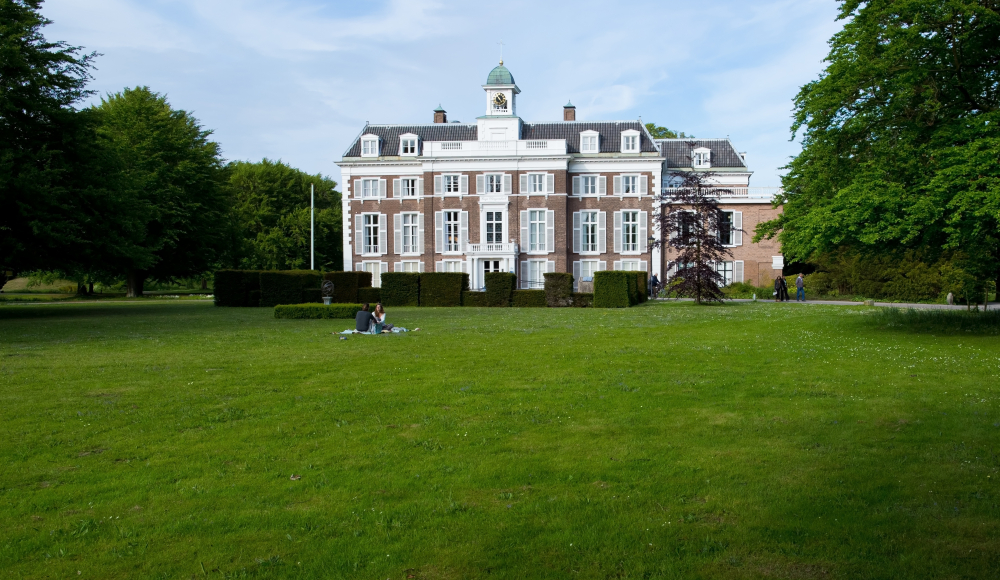
The famous Clingendael estate.
Clingendael in the Second World War
Rijkscommissaris Dr Arthur Seyss-Inquart lived at Clingendael where Institute Clingendael is now located. Seyss-Inquart's Command bunker (a national monument since 2015) is empty. You won't easily recognise the bunker; it was camouflaged as a farm building, with brick walls (partly real and partly painted) and a soaring covered saddle roof. The structure was built by the civilian organisation "Abteilung Siedlung und Bauten", which was headed by Walter Münster, Dr Seyss Inquart's brother-in-law.
What is unique about this bunker is that it was designed for the security of the highest civilian power of the German administration Seyss-Inquart, the Reich Commissariat and the Regimental Commander. It was thus an important part of the administrative centre of the occupying forces in the Netherlands during WWll.
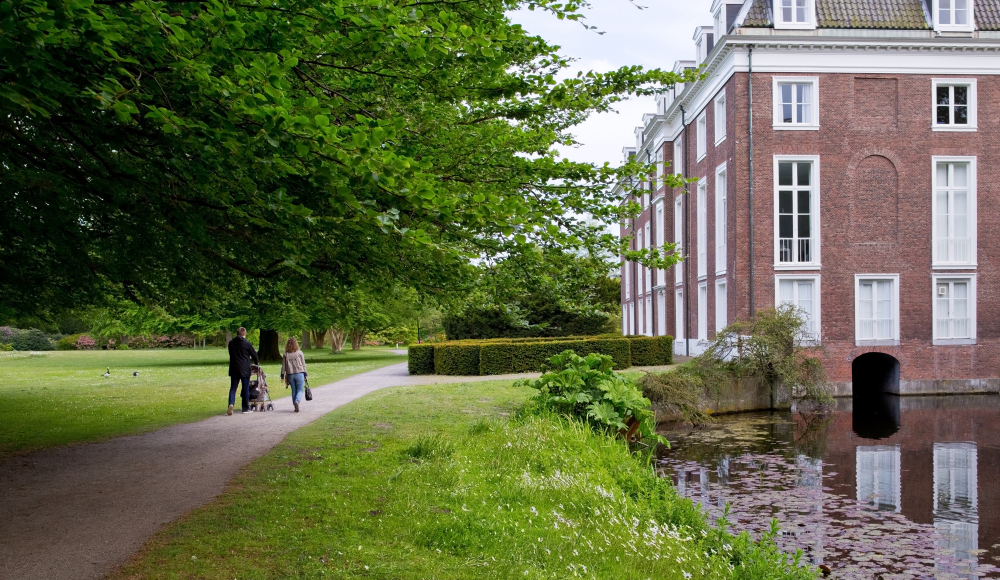
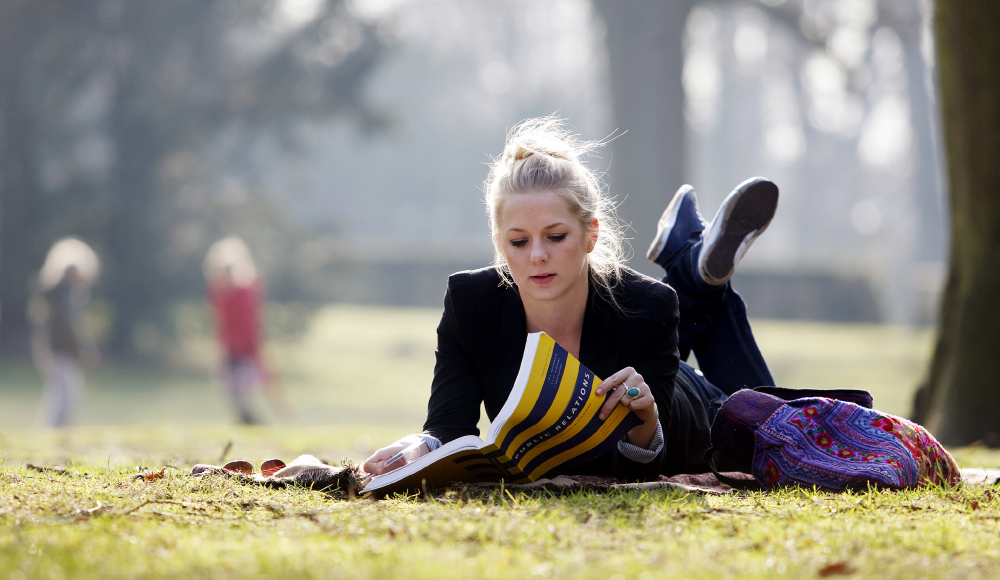
Each season has its own Clingendael charm.
The Japanese Garden: the Asian eye-catcher of Clingendael
The Japanese Garden is Clingendael's showpiece. It is the only Japanese garden in the Netherlands dating from around 1910, giving it a high historical value. It is also the largest Japanese garden in the Netherlands with an area of 6800 square metres. The fragile garden contains beautiful and rare trees and plants. Therefore, the Japanese Garden is only open for a short period in spring (May/June) and in autumn (October).
Extraordinary garden architecture
The garden art of 1818 is still visible on the estate. In addition to the Japanese Garden, the park contains an Old Dutch Garden, the Star Forest, a snake wall, a farmhouse and a teashop. Everywhere you find traces of ancient times and encounter nature that seamlessly connects with them. The Old Dutch garden with box hedges and flower beds was laid out in the early 20th century and inspired by 17th-century garden art. The snake wall once served to grow peaches, apricots and pears in the sheltered hollows, and is one of the few remaining Dutch examples. Wherever you walk at Clingendael, you can imagine how the ladies and gentlemen of The Hague used to stroll along the paths.
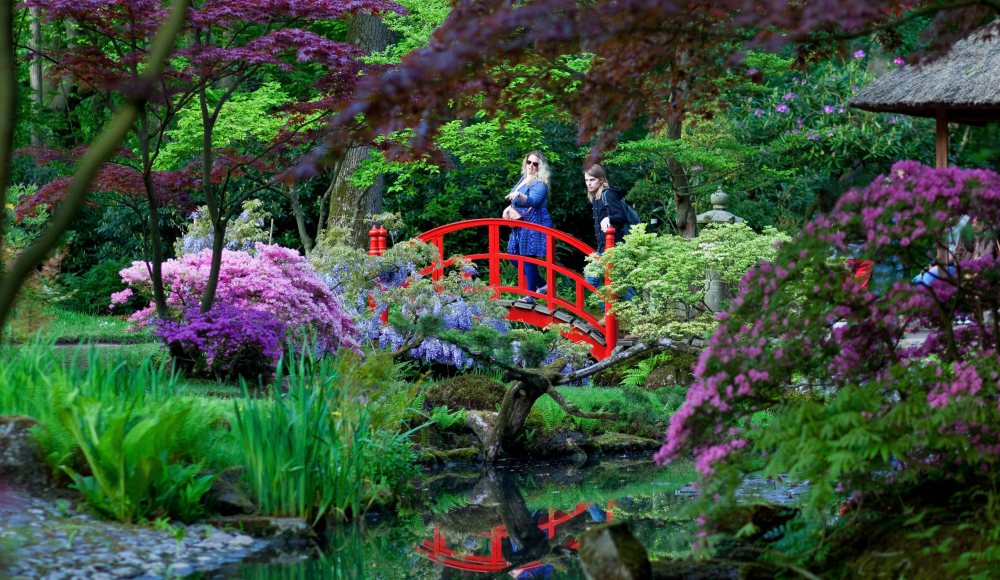
You visit the Japanese Garden in spring and autumn.
The start for every walk: the tearoom
The former lodge house now houses a tearoom. This is an ideal starting point for a walk or bike ride through the beautiful nature reserve. There is a children's menu and play corner for children, and water is available for dogs. Weather permitting, you can take a seat on the picturesque terrace.
Hiking in Clingendael
Clingendael is a real walking park. Most paths are paved, making the estate very accessible for wheelchair users and prams. At Clingendael you can follow two routes of different distances. There is also an equestrian route through Clingendael's dune forest.
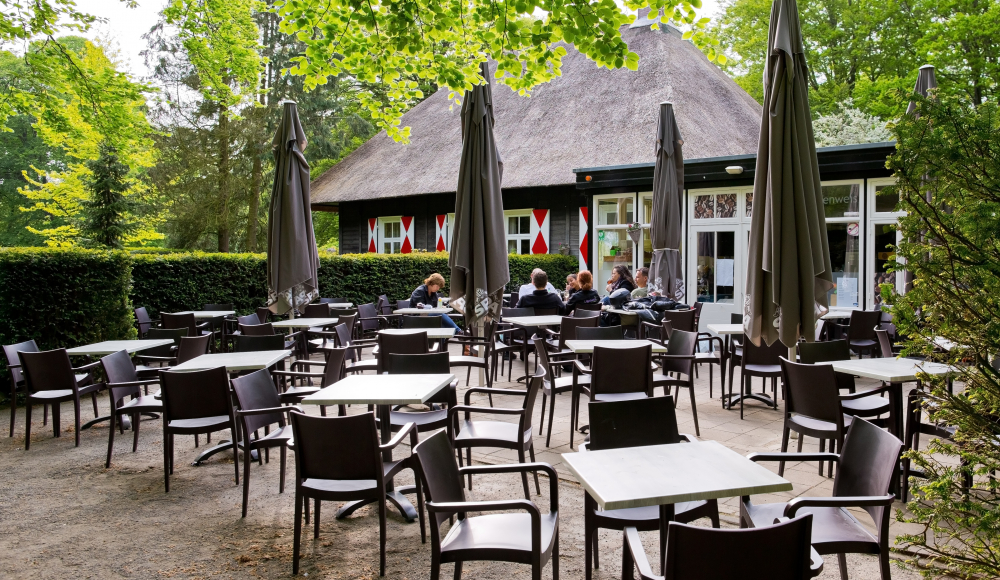
The cosy tearoom at Park Clingendael.
Practical information Clingendael Estate
Behind Huys Clingendael and the old Dutch garden is playground De Gees where children can enjoy climbing on the climbing fort. There is also a large playground where children can play, you can have a picnic or just quietly read a book. Dogs are welcome at Clingendael, but only on a leash. There are also some off-leash areas. Wedding reports are possible all year round at Clingendael Estate. In the Japanese Garden, wedding photographs are only possible during the garden's opening hours. No separate permission is needed to take wedding photos in the Japanese Garden.
Accessibility
Clingendael Estate has free access all year round and can be reached via the main entrance on Wassenaarseweg. There are also entrances to the park on Van Alkemadelaan, Ruychrocklaan and Van Ouwenlaan. There is an unguarded bicycle shed at the main entrance on Wassenaarseweg. Car parking is not allowed, but around the estate you can park along the road. For those travelling by public transport, you can take bus 20 to Clingendael Estate.
Or take the Haagse Hopper! This bus runs on demand and can be booked via the Ride Pingo app or by calling 0900 9281 (+ €1.00 per call). You can take the Hopper from The Hague Central Station to Park Clingendael.
Parks and forests
Want to find out more about The Hague's parks and forests?


